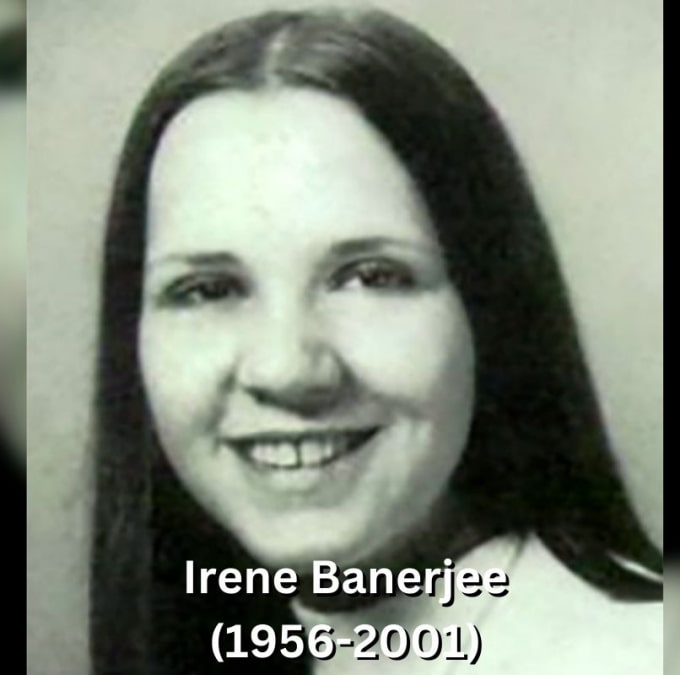Robert Hofstadter, a distinguished American physicist, achieved notable breakthroughs in nuclear physics. His pioneering work on electron scattering and nuclear structure merited him the esteemed Nobel Prize in Physics in 1961 and laid the foundation for future progress in understanding atomic nuclei. This article explores the life, career, and legacy of Robert Hofstadter, underscoring his significant contributions and achievements.
Brief Profile
| Attribute | Information |
|---|---|
| Full Name | Robert Hofstadter |
| Known For | Physicist |
| Professions | Physicist, Professor |
| Date of Birth | February 5, 1915 |
| Place of Birth | New York City, USA |
| Nationality | American |
| Parents | Louis Hofstadter, Henrietta Koenigsberg |
| Spouse | Nancy Givan |
| Children | Douglas Hofstadter, two others |
Early Years
Born to Polish Jewish immigrants in New York City, Robert Hofstadter's early years set the stage for his future success in physics. From an early age, he demonstrated a strong interest in science.
Education and Upbringing
Hofstadter was born on February 5, 1915, in New York City. His parents, Louis Hofstadter and Henrietta Koenigsberg, instilled in him the virtues of diligence and perseverance. He earned his undergraduate degree from the City College of New York in 1935 and later pursued his Ph.D. at Princeton University, graduating in 1938.
Influences and Initial Career Path
During his studies at Princeton, Hofstadter was inspired by renowned physicists like Enrico Fermi and Arthur Holly Compton. These interactions were pivotal in shaping his research interests and career direction.
Career Milestones
Robert Hofstadter's career is punctuated by numerous achievements and contributions to physics. His work at various institutions and collaborations with other scientists significantly enhanced our understanding of nuclear structure.
Tenure at General Electric Company
After earning his Ph.D., Hofstadter joined the General Electric Company, where he developed photomultiplier tubes and scintillators, vital tools for detecting gamma rays.
Academic Career and Research
In 1950, Hofstadter embarked on a long tenure at Stanford University, where he taught and conducted research until 1985. His work at Stanford was instrumental in propelling the study of nuclear physics.
Electron Scattering Experiments
Hofstadter's pioneering work in electron scattering experiments stands as one of his most notable contributions. These experiments offered crucial insights into the structure and charge distribution of atomic nuclei.
Major Accomplishments
Hofstadter's significant contributions to physics garnered him numerous awards and honors, leaving a lasting impact on the scientific community.
Nobel Prize in Physics 1961
In 1961, Robert Hofstadter was awarded the Nobel Prize in Physics, shared with Rudolf Mössbauer. This honor recognized his groundbreaking work in electron scattering and nuclear structure.
Advancements in Gamma-Ray Detection Technology
Hofstadter's work on gamma-ray detection technology, including contributions to the Compton Gamma Ray Observatory, significantly advanced the field of astrophysics.
Introduction of the Term "Fermi"
In homage to Enrico Fermi, Hofstadter introduced the term "fermi" to describe a unit of length used in nuclear physics. This term remains widely used today.
Personal Life
Beyond his professional accomplishments, Hofstadter led a fulfilling personal life. His family and interests played a significant role in shaping his personality and legacy.
Family Life
In 1942, Hofstadter married Nancy Givan. The couple had three children, including Douglas Hofstadter, who later became a Pulitzer Prize-winning author and cognitive scientist.
Interests and Pursuits
Hofstadter had a passion for music and enjoyed playing the piano. He also pursued photography in his leisure time.
Financial Overview
While financial success was not the primary focus of Hofstadter's career, his contributions to science and academia provided him with a respectable income and recognition.
Net Worth and Salary
Specific figures regarding Hofstadter's net worth and salary are not readily available. However, his long tenure at Stanford University and his Nobel Prize would have ensured his financial stability.
Financial Legacy
Hofstadter's financial legacy is reflected in the continued funding and support for research in nuclear physics and related fields, inspired by his groundbreaking work.
Frequently Asked Questions
What was Robert Hofstadter's most significant contribution to physics?
Robert Hofstadter's most significant contribution to physics was his pioneering work in electron scattering experiments, which provided critical insights into the structure of atomic nuclei.
Who influenced Robert Hofstadter's career?
Hofstadter was influenced by prominent physicists like Enrico Fermi and Arthur Holly Compton during his time at Princeton University.
What awards did Robert Hofstadter receive?
Robert Hofstadter received numerous awards, including the Nobel Prize in Physics in 1961, which he shared with Rudolf Mössbauer.
Who are Robert Hofstadter's children?
Robert Hofstadter had three children, including Douglas Hofstadter, a Pulitzer Prize-winning author and cognitive scientist.
What is the significance of the term "fermi"?
The term "fermi," coined by Robert Hofstadter, describes a unit of length in nuclear physics and honors Enrico Fermi.
Summing Up
Robert Hofstadter's legacy as a pioneering physicist is marked by his groundbreaking contributions to nuclear physics. His work on electron scattering and gamma-ray detection has had a lasting impact on the scientific community, earning him numerous accolades, including the Nobel Prize in Physics. Hofstadter's dedication to research, passion for teaching, and fulfilling personal life make him a notable figure in the history of science. His legacy continues to inspire future generations of physicists and researchers.












